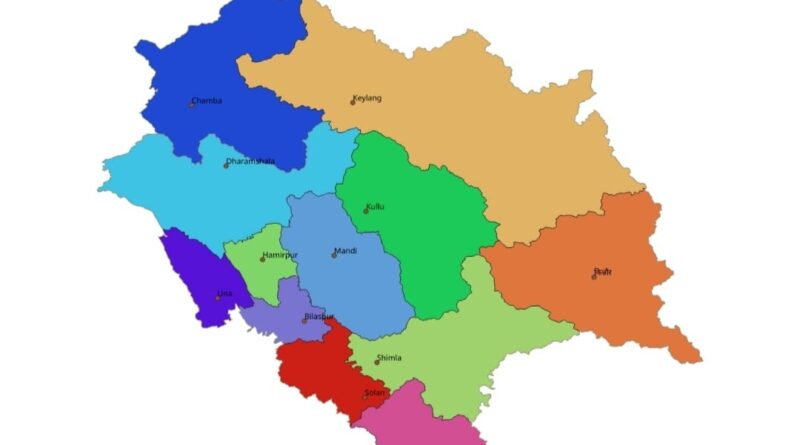Why Finance Commission should allocate special funds to Himachal ?
Himachal Pradesh spans 55,673 sq. km., with 67% of the area designated as forest land and is governed entirely by central government policies like Forest
Conservation Act (FCA),. Limited land remains available for agriculture and other revenue-generating activities, necessitating continual dependence on
central assistance. Central Government is saying repeatedly that the state has more than 70 percent dependence on central grants, taxes, and loans, it has to be reduced and its sources of income will have to be increased, but how? The state adheres to the central government’s decision to ban green felling, further restricting revenue options from logging resulting in a decline in forest revenue substantially post-1998. In fact, these forests not only serve as crucial ecological and watershed catchments benefiting residents in Punjab, Haryana, Rajasthan,
Western Uttar Pradesh, and Delhi but also contribute significantly to carbon sequestration. We are also a catchment area for five major rivers in North India
and make significant contributions to hydroelectric power production. When we advocate for greater financial devolution to strengthen our economy, it is not a plea for charity but a rightful claim, acknowledging the sacrifice of better development opportunities and enduring challenging circumstances. Himachal’s sacrifices deserve recognition through increased financial devolutions.
The Finance Commission of India should achieve horizontal equity, ensuring states with similar needs receive similar resources. Mountainous states like Himachal Pradesh face unique challenges that necessitate special considerations:
- Difficult Terrain: Infrastructure development and maintenance are costlier in mountainous regions due to challenging geography.
- Lower Resource Base: Mountainous states often have limited natural resources and a smaller tax base compared to plains states.
- Ecology and Environment: These states play a crucial role in ecological preservation, requiring central government support for sustainable development.
- Sparse Population: Delivering public services becomes expensive due to the scattered population distribution in the hills.
- Limited Connectivity: Building roads, bridges, and communication networks is expensive in mountainous areas.
- Social Welfare Needs: Hilly areas often have higher poverty rates, requiring targeted social welfare schemes.
- Livelihood Challenges: Mountainous regions may have limited agricultural productivity and job opportunities, necessitating central government support for economic development.
- Border Security: Several mountainous states share borders with other countries, requiring a special focus on border area development.
- Natural Disasters: These regions are more prone to avalanches, landslides, and floods, requiring funds for disaster preparedness and management.
- Climate Change Impact: Mountainous states are more vulnerable to climate change, necessitating adaptation and mitigation strategies.
These are just some of the reasons why the Finance Commission should consider the unique challenges of mountainous states like Himachal when allocating resources.



